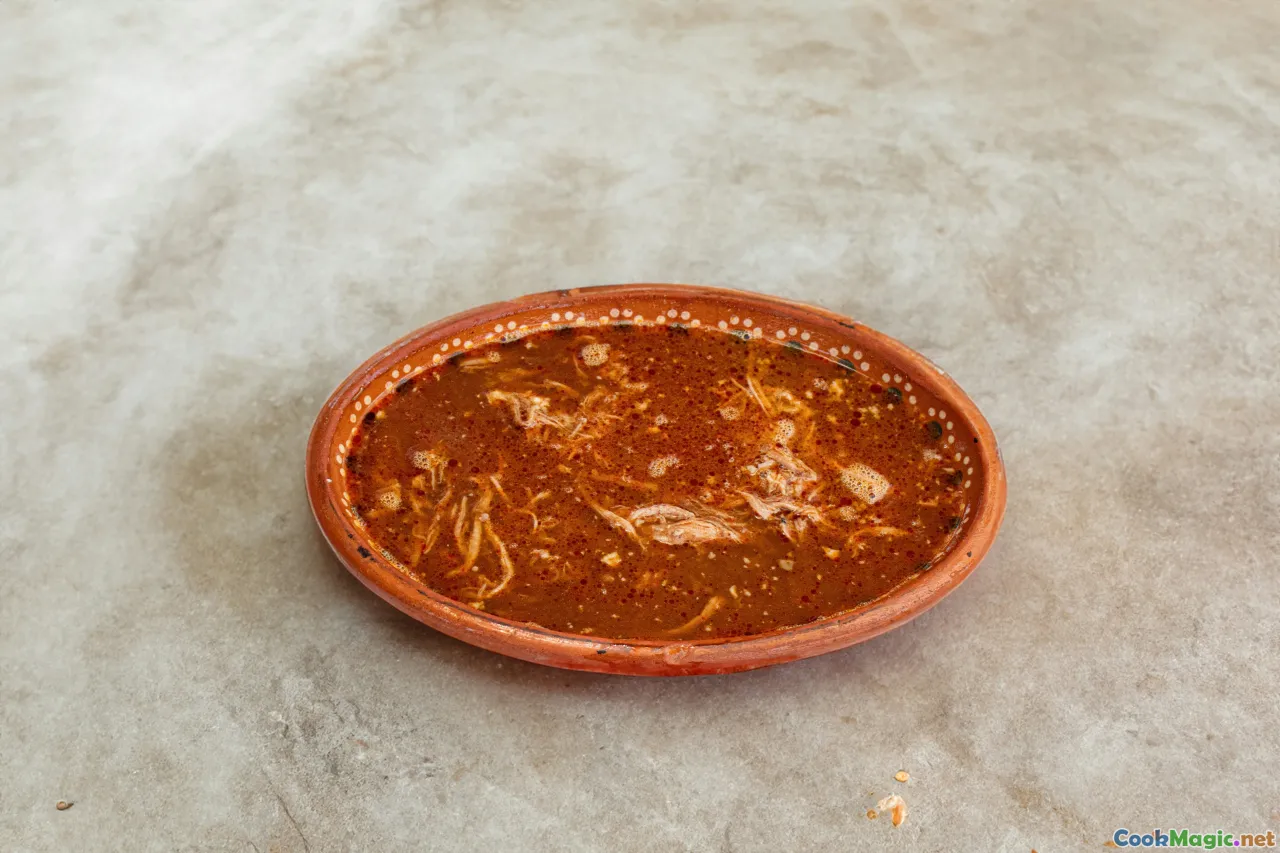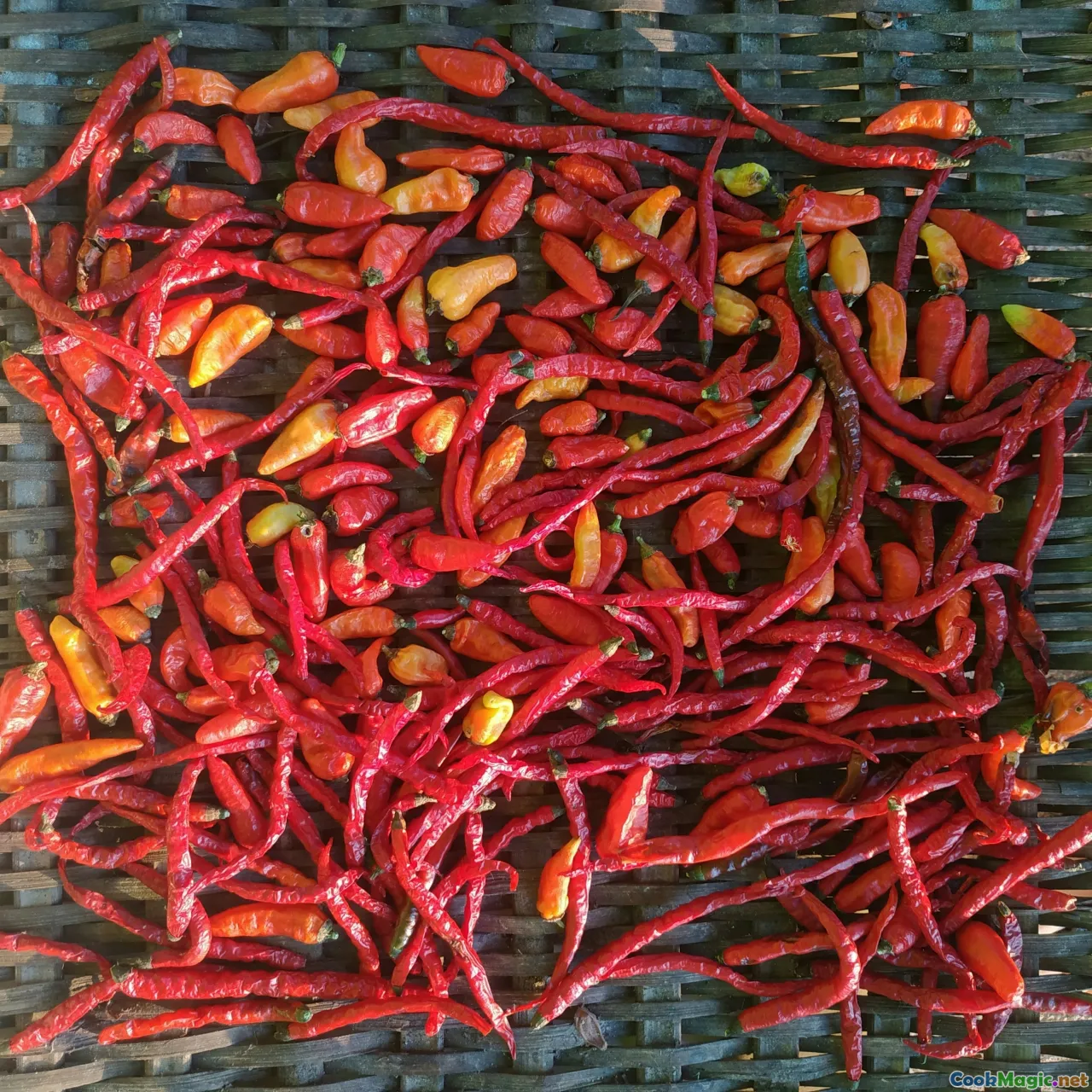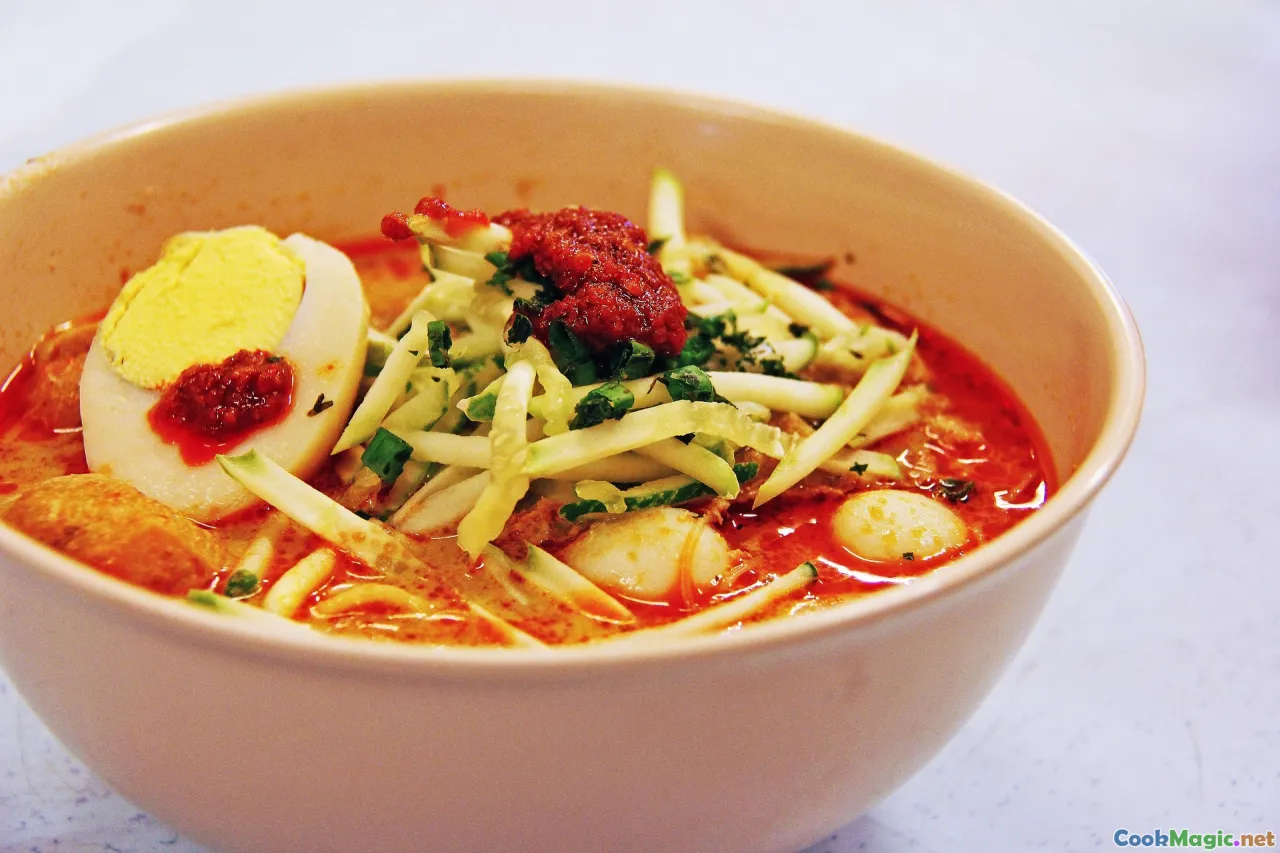Decoding Sambal Levels of Heat and Homemade Recipes
11 min read Explore the different spice levels of sambal and discover step-by-step recipes to craft authentic homemade versions. September 01, 2025 06:05
Decoding Sambal Levels of Heat and Homemade Recipes
Few dishes embody the fiery spirit and depth of Malaysian cuisine as vividly as sambal. This versatile chili-based condiment isn't just a fiery splash on your plate; it’s a cultural icon, an emotional connection to generations, and an art form that balances heat with complex layers of flavor. As enthusiasts and home cooks alike strive to master this essential ingredient, understanding the spectrum of sambal’s heat levels—alongside mastering homemade recipes—becomes an exciting culinary journey.
Let's explore the fiery depths of sambal, from tantalizingly mild to fiercely intense, while uncovering secrets to crafting sambal that sings with personalized flavor, authenticity, and yes, just the right amount of heat.

The Cultural Significance of Sambal in Malaysian Cuisine
Sambal is more than just chili paste; it’s a fundamental pillar of Malaysian identity. Every region and community brings its own twist—from the sweet and slightly fruity sambal himpit in the northern states to the tangy, tamarind-infused sambal belacan of the coastal villages.
During festive celebrations, family gatherings, or even everyday meals, sambal acts as an emotional anchor, connecting Malaysians across generations. It’s savored with nasi lemak, served as a condiment alongside fried chicken (Ayam Goreng), or spooned over grilled seafood. Its fiery heat awakens the senses, while its complex aroma invites nostalgic reminiscing of local markets, sizzling stalls, and grandmother’s kitchen.

Understanding the Heat Spectrum: From Mild to Fiery
Mild Sambal: The Gentle Gateway
Mild sambals serve as introductory gateways into the world of Malaysian chili condiments. They typically feature integrated heat from milder chilies such as red bell peppers or Hungarian wax peppers. Flavored with garlic, shallots, and a dash of sugar, these sambals are lush, fragrant, and comforting.
Example: Sambal Tumis Kurang Pedas — a stir-fried sambal packed with fragrant garlic and shallots, lightly touched with chili to provide warmth without overwhelming. Ideal for those new to spicy food, this sambal elevates rice dishes and vegetables with a gentle kick.
Medium Heat: Balanced and Bright
For those seeking more excitement, medium heat sambal incorporates a blend of bird’s eye chilies and dried red chilies. The flavor profile remains lively but avoids overpowering; it combines the smoky, fruity notes of roasted chilies with a citrusy edge from lime or tamarind.
Example: Sambal Belacan — a quintessential staple with fermented shrimp paste adding umami richness, balanced with fresh lime juice, and aromatic toasted onions. It pairs beautifully with nasi lemak, sealing each bite with vibrant heat.
Hot and Fiery: The Taste of Adventure
Intense sambals are driven by an abundance of small, potent bird’s eye or Thai chilies. This level of heat demands respect, often balanced with sweetness or acidity. The texture often becomes thicker and more viscous, emphasizing the punch of chili oils.
Example: Sambal Tempoyak — a fiery, pungent blend of durian fermented with chili, a daring combination loved in the northern states of Malaysia. This sambal invites brave tasters to revel in its intensity.

The Art of Crafting Homemade Sambal
Selecting the Right Chilis
Start with quality chilies—avoid wrinkled or dull-colored peppers. For milder sambals, red bell peppers or capsicum work beautifully; for medium and hot varieties, look for fresh bird’s eye chilies or Thai chilies. Dry roasting dried chilies first enhances smoky depth and flavor.
Key Ingredients for Flavor Balance
- Shallots and garlic provide foundational aroma
- Belacan (fermented shrimp paste) adds umami richness
- Tamarind or lime juice introduces tang and brightness
- Sugar balances out heat and acidity
- Coconut sugar or palm sugar lends depth to sweetness
Step-by-Step DIY: A Classic Sambal Belacan
Ingredients:
- 10 dried red chilies (soaked in warm water)
- 5 fresh bird’s eye chilies
- 3 shallots
- 3 cloves garlic
- 1 tbsp fermented shrimp paste (belacan)
- 1 tsp sugar
- 1 tbsp lime juice
- Splash of water
Method:
- Toast dried chilies until fragrant; soak briefly to soften.
- Blend chilies, fresh chilies, shallots, garlic, and belacan into a coarse paste.
- Heat a pan, add the chili paste, and cook on medium until fragrant and slightly dry, about 8-10 minutes.
- Stir in sugar and lime juice; adjust seasoning.
- Let cool and store in an airtight jar.
This process yields a fresh, vibrant sambal that improves with time—a true reflection of Malaysian home cooking.

Variations to Suit Different Palates
Experimenting with ingredients allows you to customize sambal to your heat tolerance and flavor preference.
- Sweet Sambal: Add palm sugar or honey for a mild, sweet profile.
- Tangy Sambal: Incorporate tamarind paste or lemon juice for more zing.
- Herbaceous Sambal: Mix in fresh herbs like Vietnamese coriander or Thai basil.
- Vegetarian Version: Use smoked or roasted tomatoes and omit belacan for a smoky, plant-based version.
Each variation tells a story—a culinary expression of personal, regional, or cultural tastes.

Navigating the Heat: Tips to Develop and Control Sambal’s Spiciness
- Start Small: Use fewer chilies initially; taste and add more as needed.
- Balance with Acidity: Lime juice or tamarind cut through intense heat.
- Sweeten Gently: Honey or sugar can mellow fierce heat when a mild flavor is preferred.
- Add Dairy or Coconut: A dollop of coconut milk or a spoonful of yogurt can soothe an overly fiery sambal.
- Storage Maturation: Allowing sambal to rest for a day or two melds flavors and can temper the heat somewhat.
By mastering these techniques, you become the conductor of your sambal symphony—powerful, nuanced, and perfectly tailored.

Celebrating Sambal: Dishes You Must Try
- Nasi Lemak: The iconic coconut rice served with sambal that ranges from subtly fragrant to explosively spicy.
- Sambal Sotong: Stir-fried squid with a fiery sambal sauce, tender and smoky.
- Ayam Goreng Berempah with Sambal: Crispy fried chicken with a side of intense chili paste.
- Laksa Johor: Noodles bathed in a spicy, rich gravy, accented with a generous spoon of sambal.
Engaging with these dishes enriches your understanding of sambal’s versatility and cultural resonance.

In Closing: A Personal Reflection on the Heat
For many Malaysians, sambal isn’t merely a condiment; it’s a calling to celebrate bold flavors, bold history, and bold heat. Each splash of red evokes memories of bustling morning markets, lively家庭 diner tables, or secrets passed down from grandmother’s hand.
As you embark on your sambal journey, remember: the beauty of homemade sambal lies in its imperfection and personality. Adjust the heat, tweak the flavors, and soon your kitchen will be filled with the bubbling promise of a spicy, soulful Malaysian feast.
Whether you prefer the meek embrace of mild sambal or crave the adrenaline of fiery heat, the art of decoding sambal is a delightful testament to the Malaysian love of life—passionate, warm, and always flavorful.
Selamat memasak, and may your sambal always bring heat and happiness to your table.









